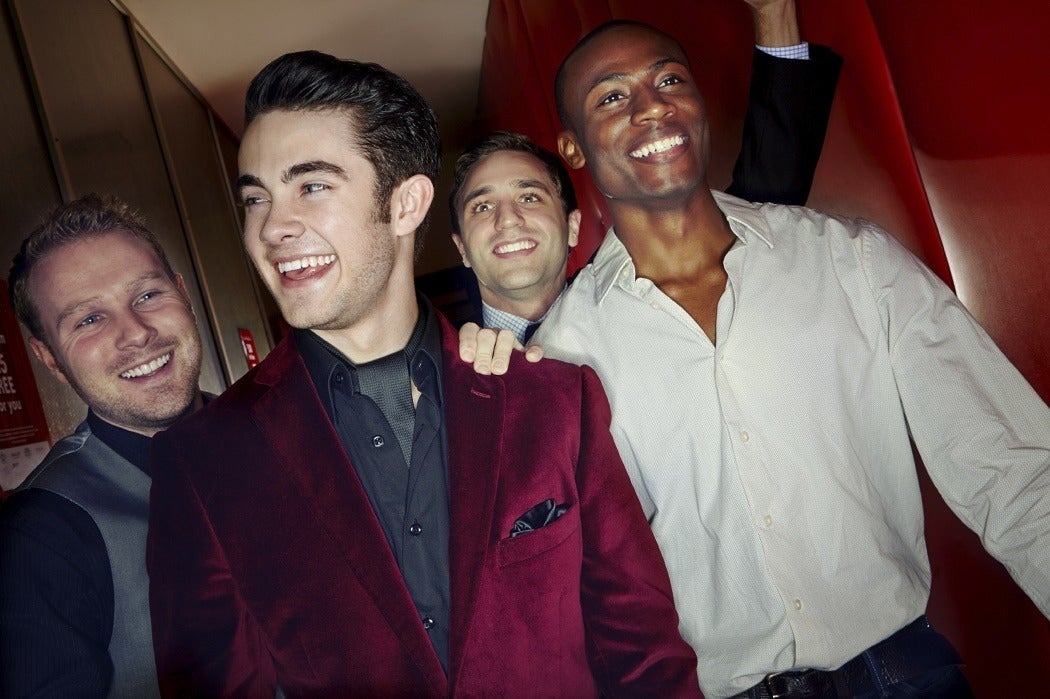June marks the beginning of wedding season, and plenty of soon-to-be-husbands will attend their bachelor parties this month as they prepare to get married. But what does the traditionally macho mating ritual have to say about gender?
Plenty, writes Clover Nolan Williams. After accidentally attending her brother’s bachelor party, she embarked on a years-long study of the practice. Along the way, she spoke with strippers and drivers and attended 35 parties where bachelors were “humiliated and feminized” by their friends. She approached the parties as a folklorist, curious about coming-of-age rituals and the group identity of males.
Most of the parties Williams attended included strippers who were cajoled into embarrassing the bachelor, jokes about the subjection men would face during marriage, and celebrations geared toward a groom’s perceived “last night of freedom.” An exotic dancer, usually the only woman present, first stripped down, then removed the groom’s clothing while his friends looked on. The event often culminated in the groom being soaked with beer by his buddies in what Williams calls “the release that follows the group’s vindication.”
“This event is a rite of passage in that it is a ritual performed in recognition of the passage from one stage of life to another,” writes Williams. “However, it is not an initiation into manhood administered by elders, but the expulsion from manhood, by peers.” A groom’s friends “pollute” him by forcing him to be draped in feminine garments and endure jokes about the feminization he will suffer as a faithful husband, writes Williams, who notes that this behavior reflects “conflicting gender identities.”
By being temporarily expelled from manhood and cast as a woman, notes William, a groom is punished for his impending self-exclusion from his friend group. When he has been cast out, the threat posed by his difference no longer comes from within the group and can thus be tolerated. This happens despite the group’s affection for the bride or approval of marriage as an institution.
Williams’ observations are upheld by longstanding traditions surrounding bachelor parties. In 2014, Statistic Brain gathered statistics from an online survey that showed 75 percent of respondents feel a bride-to-be should have “no say in planning her groom’s bachelor party”—and that 47 percent of bachelor parties involve exotic dancers.







